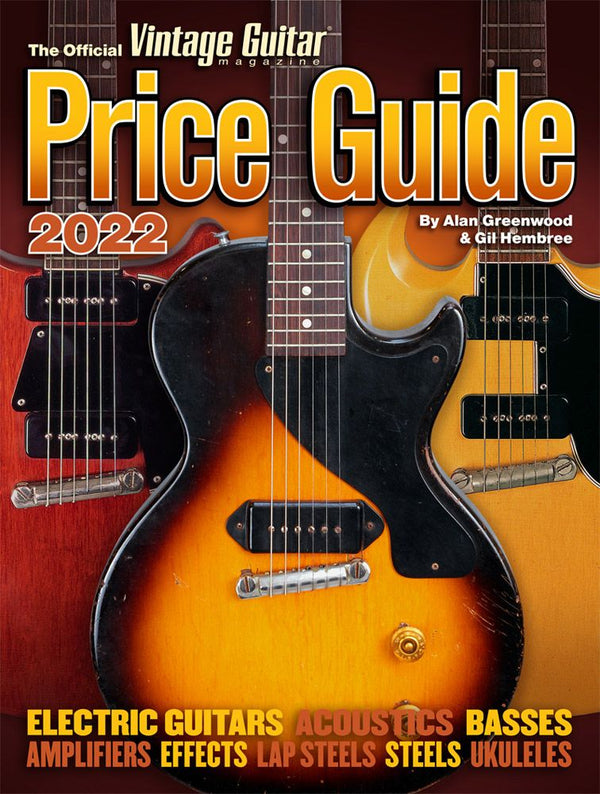

Instruments will generally have one or both of these numbers stamped or written either inside the body (generally the case on earlier models) or on the back of the headstock.įONs were Gibson’s way of internally tracking batches of instruments throughout production. Gibson has historically used two different alpha-numerical formats to catalog its instruments: serial numbers and FONs (Factory Order Numbers). Dating a Gibson by Factory Order Number (FON) After 1950, headstocks had uniform thickness.

Before mid-1950, most Gibson headstocks were thinner at the top when looked at from a side profile. The thickness of the headstock, however, is not as vulnerable to modification or replacement.

This makes relying entirely on the physical features of a guitar potentially misleading. Many older instruments may have reproduction or other non-original parts, including a non-original finish. Aside from the logos, each era of manufacturing included certain identifying traits such as the hardware (tuners, knobs, plates, etc.), the pickups, the type of finish, and the electronics inside that can give clues as to when an instrument was made.


 0 kommentar(er)
0 kommentar(er)
